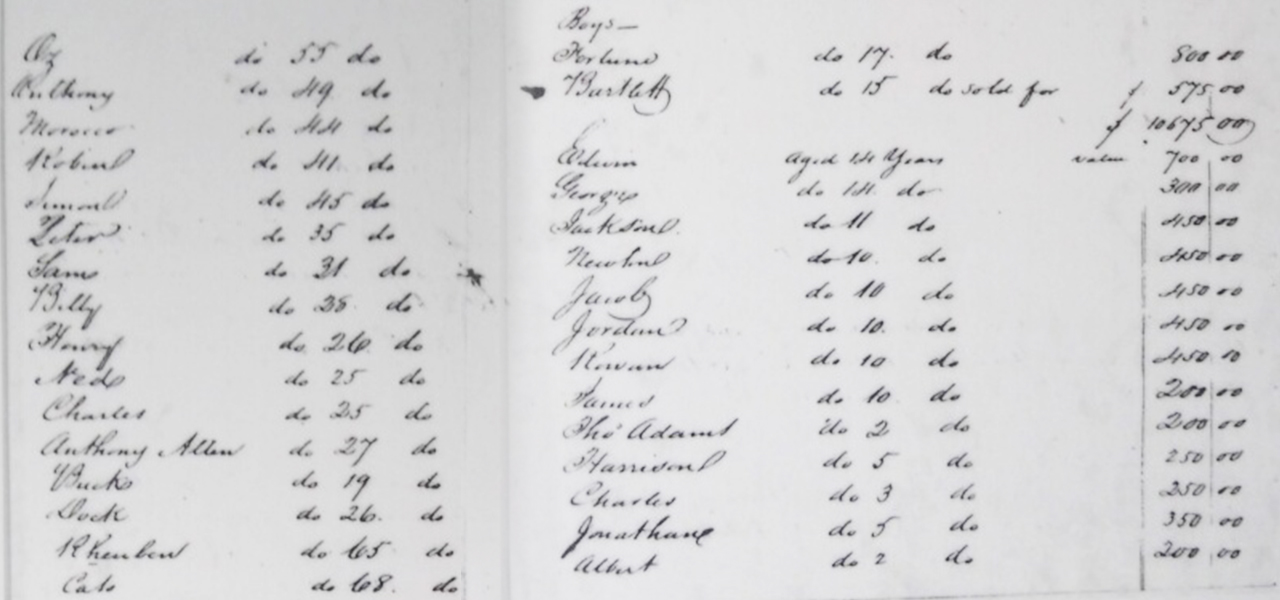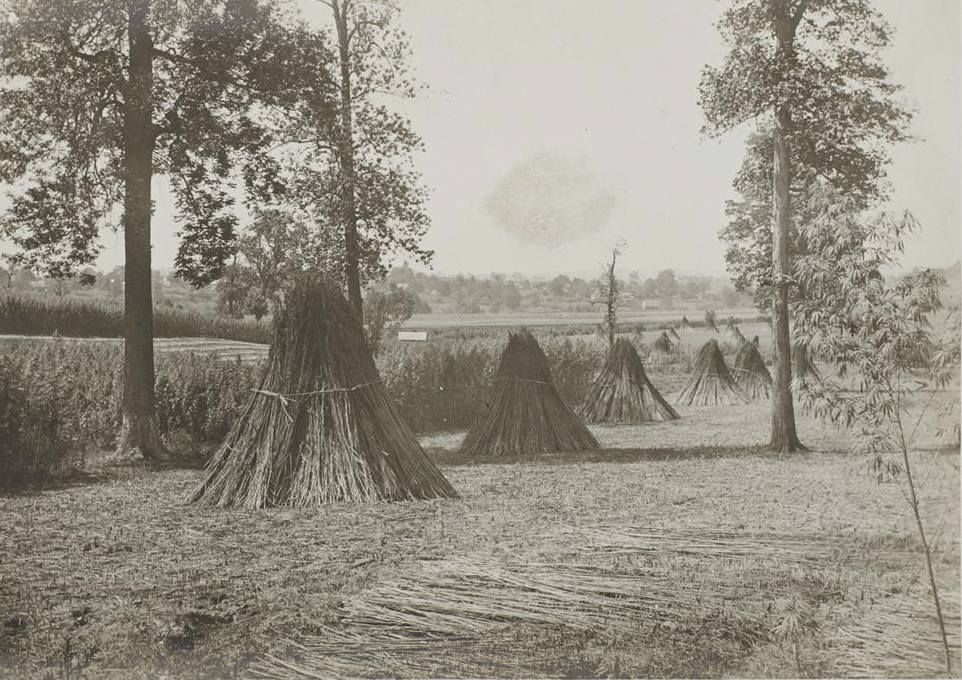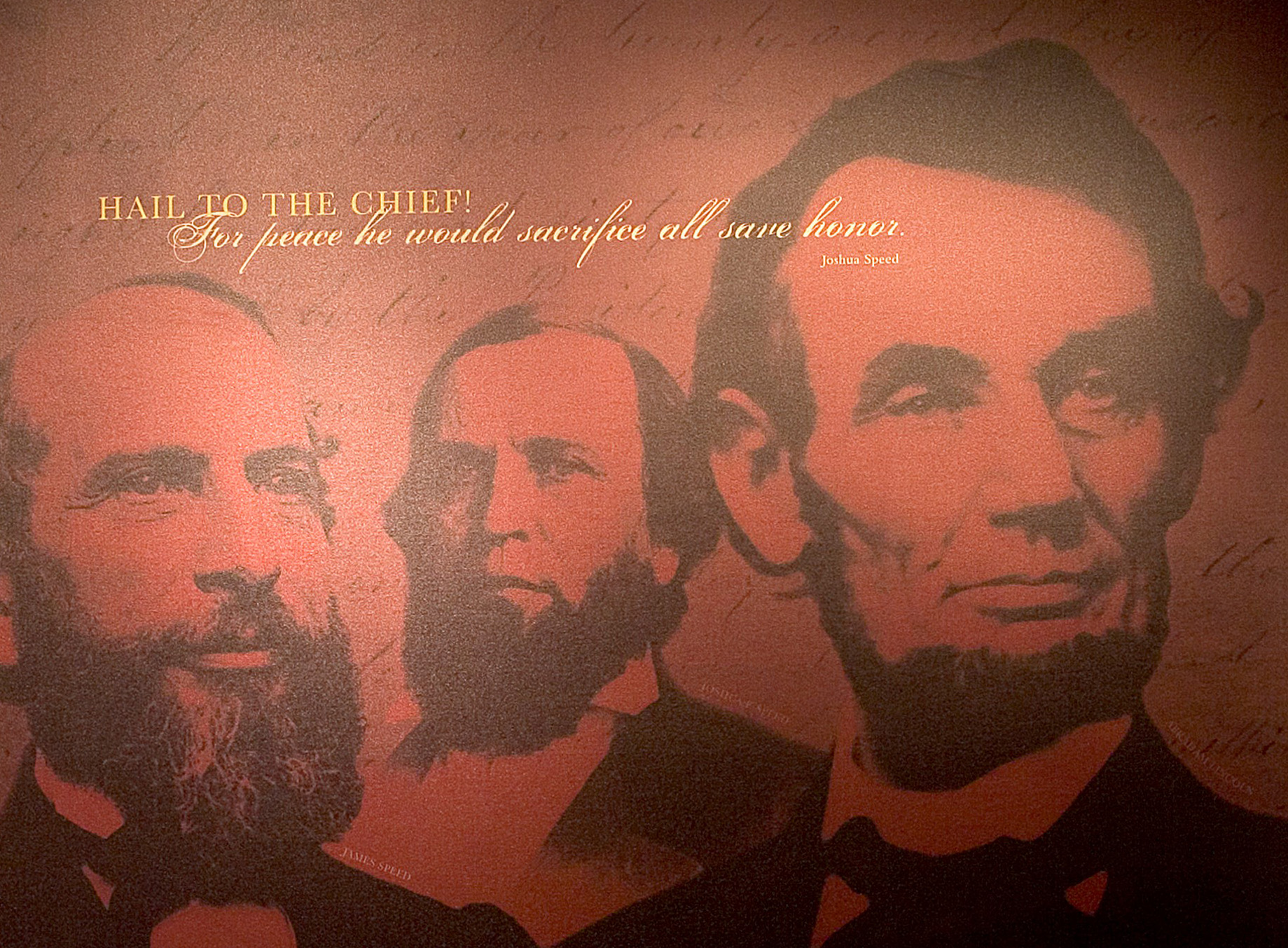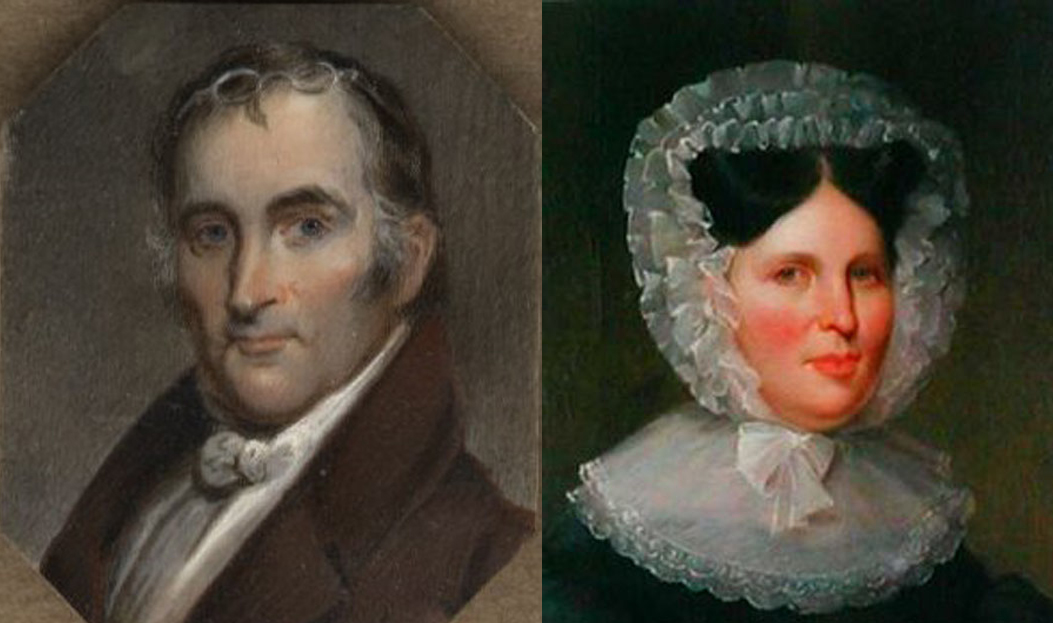Past & Future of Farmington
The Enslaved at Farmington
“We are now living in our cabins and have only as much bacon as will serve us until Ned returns.” John Speed to business partner William Pope, August 13, 1809.
The earliest mention of people inhabiting Farmington includes the importance of Ned returning with bacon. Ned was an enslaved man sent by John Speed to deliver the letter and return with supplies to feed the plantation.
From 1809 until John Speed’s death in 1840, between 20 and 70 enslaved people worked on the plantation. The average Kentucky slaveholder owned fewer than five slaves, but Farmington, with its large slave population, resembled the large plantations of the state’s Bluegrass region.
Agriculture
Farmington was one of the plantations that grew hemp, the Commonwealth of Kentucky’s primary cash crop. Hemp, a baste fiber, was grown by Kentucky farmers to make twine, rope, and rough bags for the cotton trade (so-called “cotton bagging”). Historians agree that production of hemp in Kentucky necessitated the large labor force that slavery ensured. References from John Speed’s 1840 probate inventory refer to a “rope walk” (where workers twisted hemp fibers into rope as they moved down a long walkway) and a weaving house, suggesting that some hemp was actually processed on the plantation.
Architecture
Construction of the Speeds’ ambitious brick residence, an outstanding example of Federal-style architecture in frontier Kentucky, began at Farmington in 1815. The house is identified in the original building contract as the design of Paul Skidmore (1780?-1817), an entrepreneur who in his few years in Louisville established the city’s first iron foundry, served as a commissioner for the construction of a new courthouse and entered into business as a commission merchant. Skidmore’s unusual and ambitious design was clearly influenced by the architectural designs of Thomas Jefferson and probably the wishes of Lucy Speed.
Abraham Lincoln
“It was in the spring of 1837, and on the very day that obtained his license, that our intimate acquaintance began. He had ridden into town on a borrowed horse with no earthly property save a pair of saddle-bags containing a few clothes. I was a merchant at Springfield, and kept a large country store, embracing drygoods, groceries, hardware, books, medicines, bed-clothes, mattresses, in fact every thing that the country needed. Lincoln came into the store with his saddle-bags on his arm. He said he wanted to buy the furniture for a single bed.
The Speed and Fry Family
John Speed (1772-1840) and Lucy Speed (1788-1874) came from wealthy Virginia families that moved to what was then Kentucky County, Virginia before 1790. Both of their fathers, Captain James Speed, and Joshua Fry, fought in the Revolutionary War. The elder Speed was badly injured and, after the war, he, like many others, sought to make his fortune in land speculation in the newly opened territory west of the Appalachian Mountains. In 1782, he took his young family and his enslaved people over the Wilderness Road and settled near Danville. Lucy’s father, Joshua Fry, was a highly respected scholar who moved to Kentucky in 1788. Fry established an important school in Mercer County attended by many distinguished early Kentuckians.
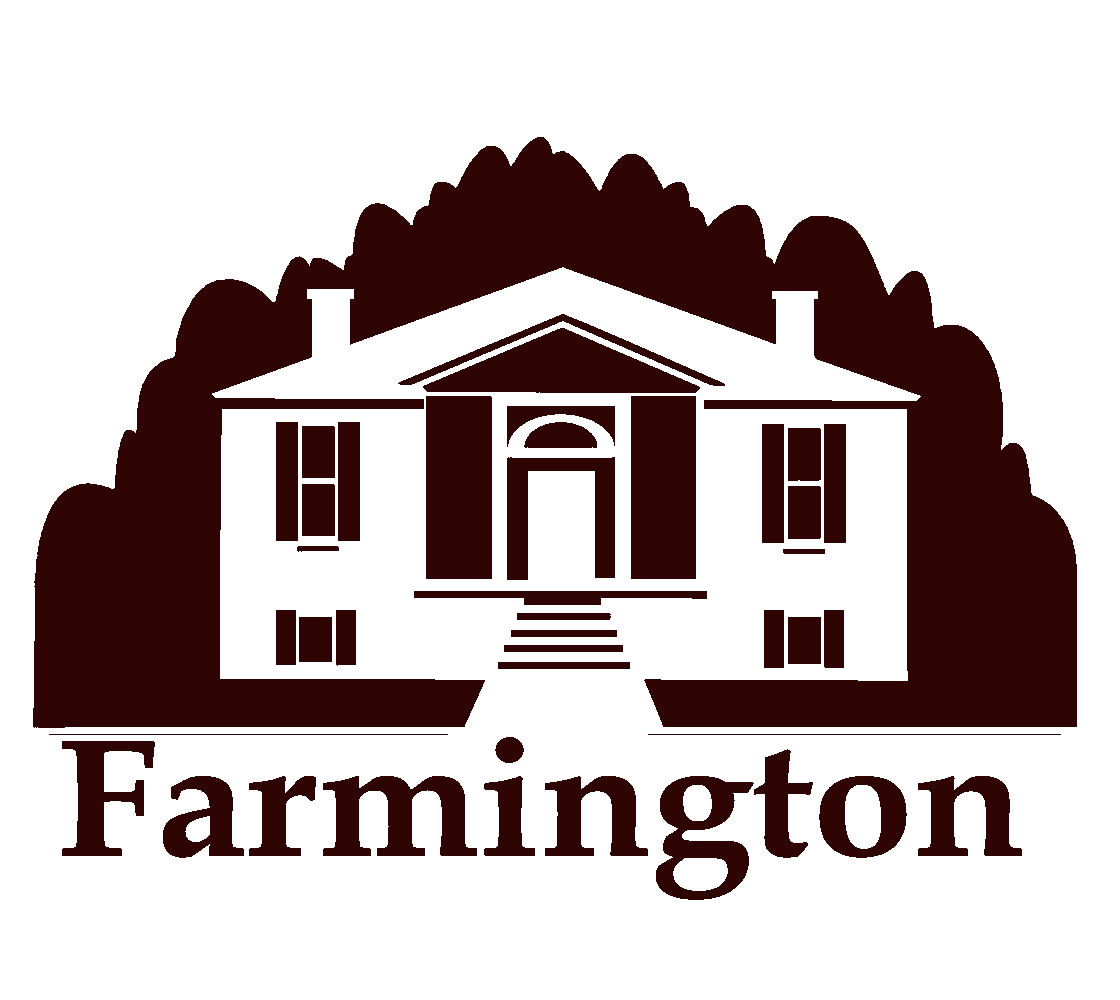
CONTACT FARMINGTON HISTORIC HOME
TOUR TIMES
Tuesday - Friday
10:30am 12:00pm 2pm
Saturday
11:00am 12:00pm 1pm
School & other group tours please contact the office to schedule.

